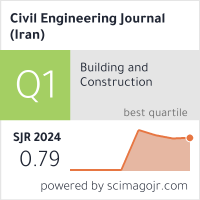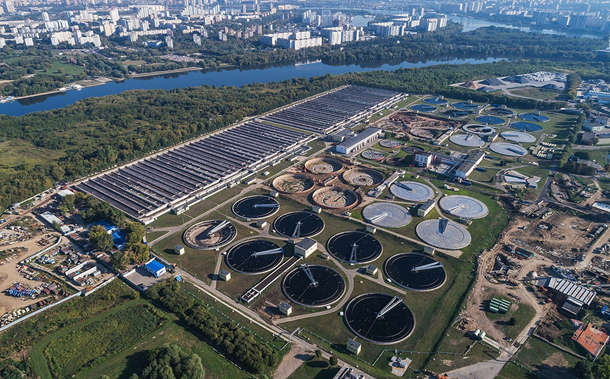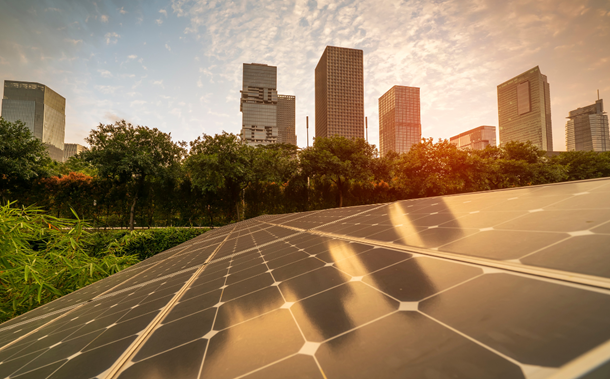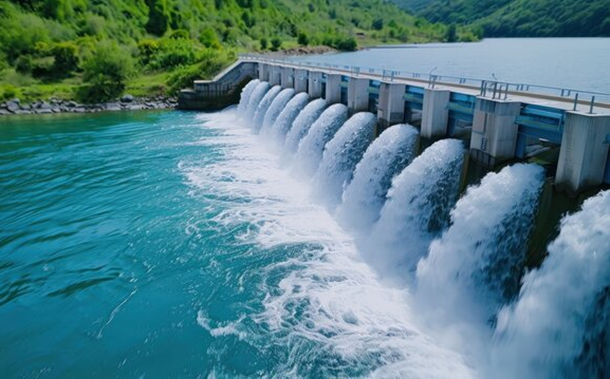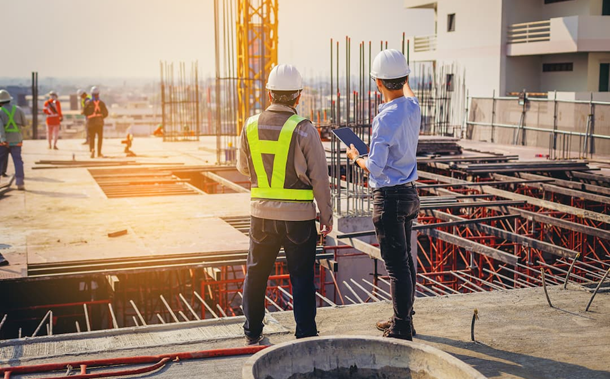A Study on Linear Shrinkage Behavior of Peat Soil Stabilized with Eco-Processed Pozzolan (EPP)
Downloads
Doi:10.28991/CEJ-2022-08-06-05
Full Text:PDF
Downloads
[2] Wetlands International. (2010). A Quick Scan of Peatlands in Malaysia. Wetlands International Malaysia, Petaling Jaya, Malaysia. Available online: https://luk.staff.ugm.ac.id/rawa/Wetlands/PeatlandsInMalaysia.pdf (accessed on February 2022).
[3] Cao, S. (2019). Research and Application of Peat in Agriculture. IOP Conference Series: Earth and Environmental Science, 384(1), 012174. doi:10.1088/1755-1315/384/1/012174.
[4] Johari, N. N., Bakar, I., & Aziz, M. H. A. (2015). Consolidation Parameters of Reconstituted Peat Soil: Oedometer Testing. Applied Mechanics and Materials, 773-774, 1466–1470. doi:10.4028/www.scientific.net/amm.773-774.1466.
[5] Yahaya, N. A. B. (2019). Soft ground Improvement using Pile Embankment. Master Thesis, School of Civil Engineering, Faculty of Engineering, Universiti Teknologi Malaysia, Skudai, Malaysia. Available online: http://eprints.utm.my/id/eprint/81529/1/ NorAshikinYahayaMSKA2019.pdf (accessed on February 2022).
[6] Chindaprasirt, P., Homwuttiwong, S., & Jaturapitakkul, C. (2007). Strength and water permeability of concrete containing palm oil fuel ash and rice husk-bark ash. Construction and Building Materials, 21(7), 1492–1499. doi:10.1016/j.conbuildmat.2006.06.015.
[7] Kusaimi, N. F. M., Hamzah, F., Jai, J., Zaki, N. A. M., & Ibrahim, N. (2020). Compressive strength and water absorption of pavement derived from palm oil eco processed pozzolan (Epp) material as partial cement replacement. ASEAN Journal of Chemical Engineering, 20(2), 205–215. doi:10.22146/ajche.60230.
[8] Abd Rahman, R. F., Asrah, H., Rizalman, A. N., Mirasa, A. K., & Rajak, M. A. A. (2020). 'Study of Eco-Processed Pozzolan Characterization as Partial Replacement of Cement. Journal of Environmental Treatment Techniques, 8(3), 967-970.
[9] Loh, S. K., James, S., Ngatiman, M., Cheong, K. Y., Choo, Y. M., & Lim, W. S. (2013). Enhancement of palm oil refinery waste - Spent bleaching earth (SBE) into bio organic fertilizer and their effects on crop biomass growth. Industrial Crops and Products, 49, 775–781. doi:10.1016/j.indcrop.2013.06.016.
[10] Sharom, N. (2016). Performance of Eco-Processed Pozzolan Foamed Concrete as Cement Replacement. PhD Thesis, Faculty of Civil Engineering & Earth Resources, Universiti Malaysia Pahang, Pekan, Maslaysia.
[11] Suhaimi, A. A., & Mohamad, H. M. (2021). Settlement Behaviour of Stabilised Peat: An Assessment with Eco-Processed Pozzolan (EPP) in Modified Electro-Osmotic Triaxial Cell. International Journal of GEOMATE, 21(88), 86–96. doi:10.21660/2021.88.j2296.
[12] Kho, J. H. (2021). Incorporation of Eco Process Pozzolan (EPP) as Partial Cement Replacement and Superplasticisers in Concrete. IOP Conference Series: Earth and Environmental Science, 682(1), 012014. doi:10.1088/1755-1315/682/1/012014.
[13] Andrejko, M. J., Fiene, F., & Cohen, A. D. (1983). Comparison of Ashing Techniques for Determination of the Inorganic Content of Peats. ASTM Special Technical Publication, 820, 5–20. doi:10.1520/stp37331s.
[14] CIRIA, 2000. "Grouting for grouting engineering". CRIRIA Press, London, U. K., ISBN 086017 514 6.
[15] Shah, A. S. N., Mustapha, K. A., & Hashim, R. (2020). Characterization and impact of peat fires on stabilization of tropical lowland peats in Banting, Selangor, Malaysia. Sains Malaysiana, 49(3), 471–481. doi:10.17576/jsm-2020-4903-02.
[16] Oleszczuk, R., Bohne, K., Szatylowicz, J., Brandyk, T., & Gnatowski, T. (2003). Influence of load on shrinkage behavior of peat soils. Journal of Plant Nutrition and Soil Science, 166(2), 220–224. doi:10.1002/jpln.200390032.
[17] Kazemian, S., K Huat, B. B., Prasad, A., Barghchi, M., & Malaysia, P. (2011). Effect of peat media on stabilization of peat by traditional binders. International Journal of the Physical Sciences, 6(3), 476–481. doi:10.5897/JJPS10.478.
[18] Yulindasari. (2006). Compressibilty Characteristics of Fibrous Peat Soil. MSc Thesis, Faculty of Civil Engineering, Univesrsiti Teknologi Malasia, Skudai, Malaysia. Available online: http://eprints.utm.my/id/eprint/224/1/YulindasariMFKA2006.pdf (accessed on May 2022).
[19] Raghunandan, M. E., & Sriraam, A. S. (2017). An overview of the basic engineering properties of Malaysian peats. Geoderma Regional, 11, 1–7. doi:10.1016/j.geodrs.2017.08.003.
[20] Wong, L. S., Hashim, R., & Ali, F. H. (2009). A Review on Hydraulic Conductivity and Compressibility of Peat. Journal of Applied Sciences, 9(18), 3207–3218. doi:10.3923/jas.2009.3207.3218.
[21] Päivänen, J. (1982). Physical properties of peat samples in relation to shrinkage upon drying. Silva Fennica, 16(3), 247–65. doi:10.14214/sf.a15076.
[22] Hamamoto, S., Dissanayaka, S., Kawamoto, K., & Komatsu, T. (2010). Effects of Moisture Content and Shrinkage on Soil-Thermal Properties for Peat Soils in Japan. In International Conference on Sustainable Built Environment (ICSBE-2010), 13-14 December, 2010, Kand, Sri Lanka.
[23] Mohamad, H. M., & Zainorabidin, A. (2021). Young'S Modulus of Peat Soil under Cyclic Loading. International Journal of GEOMATE, 21(84), 177–187. doi:10.21660/2021.84.j2164.
[24] Wu, Y., Zhang, N., Slater, G., Waddington, J. M., & de Lannoy, C. F. (2020). Hydrophobicity of peat soils: Characterization of organic compound changes associated with heat-induced water repellency. Science of the Total Environment, 714, 136444. doi:10.1016/j.scitotenv.2019.136444.
[25] Bin Zainorabidin, A., binti Saedon, N., bin Bakar, I., & bt Mohd Seth, N. F. (2015). An Investigation of Soil Volume Changes at Four Dimensional Points of Peat Soil Sample in Parit Nipah and Pontian. Applied Mechanics and Materials, 773-774, 1491–1496. doi:10.4028/www.scientific.net/amm.773-774.1491.
[26] Zainorabidin, A., & Mohamad, H. M. (2016). A geotechnical exploration of Sabah peat soil: Engineering classifications and field surveys. Electronic Journal of Geotechnical Engineering, 21(20), 6671–6687.
[27] Shuvaev, A. N., Smirnov, A. P., & Kartavy, S. V. (2020). The construction of roadbeds on permafrost and in swamps from reinforced soils of increased strength. Civil Engineering Journal, 6(10), 1922-1931. doi:10.28991/cej-2020-03091592.
[28] Hashim, R., & Islam, S. (2008). Engineering properties of peat soils in Peninsular, Malaysia. Journal of Applied Sciences, 8(22), 4215–4219. doi:10.3923/jas.2008.4215.4219.
[29] Mohamad, H. M., Zainorabidin, A., Musta, B., Mustafa, M. N., Amaludin, A. E., & Abdurahman, M. N. (2021). Compressibility behaviour and engineering properties of north borneo peat soil. Eurasian Journal of Soil Science, 10(3), 259–268. doi:10.18393/ejss.930620.
[30] Huat, B. B. K., Prasad, A., Asadi, A., & Kazemian, S. (2014). Geotechnics of organic soils and peat (1st Ed.). CRC Press, London, United Kingdom. doi:10.1201/b15627.
[31] Kolay, P. K., Dhakal, B., Kumar, S., & Puri, V. K. (2016). Effect of Liquid Acrylic Polymer on Geotechnical Properties of Fine-Grained Soils. International Journal of Geosynthetics and Ground Engineering, 2(4), 1–9. doi:10.1007/s40891-016-0071-5.
[32] Mohidin, M. N., Zainorabdin, A., Madun, A., Yusof, M. F., Mokhtar, M., & Chew, Y. F. (2007). Some index properties on Rengit peat soil stabilize with cement-lime. Prosiding Kebangsaan Awam, 7, 29-31.
[33] Quirk, J. (1994). Interparticle forces: a basis for the interpretation of soil physical behavior. Advances in agronomy, 53, 121-183, Elsevier Science, Amsterdam, Netherlands. doi:10.1016/S0065-2113(08)60614-8.
[34] Mohamad, H. M., Zainorabidin, A., Musta, B., Mustafa, M. N., Amaludin, A. E., & Abdurahman, M. N. (2021). Compressibility behaviour and engineering properties of north borneo peat soil. Eurasian Journal of Soil Science, 10(3), 259–268. doi:10.18393/ejss.930620.
[35] Talib, F. M., Mohamad, H. M., & Mustafa, M. N. (2021). Peat Soil Improvement with Bamboo Reinforcement Technology: a Review. International Journal of GEOMATE, 21(88), 75–85. doi:10.21660/2021.88.j2259.
- Authors retain all copyrights. It is noticeable that authors will not be forced to sign any copyright transfer agreements.
- This work (including HTML and PDF Files) is licensed under a Creative Commons Attribution 4.0 International License.![]()




